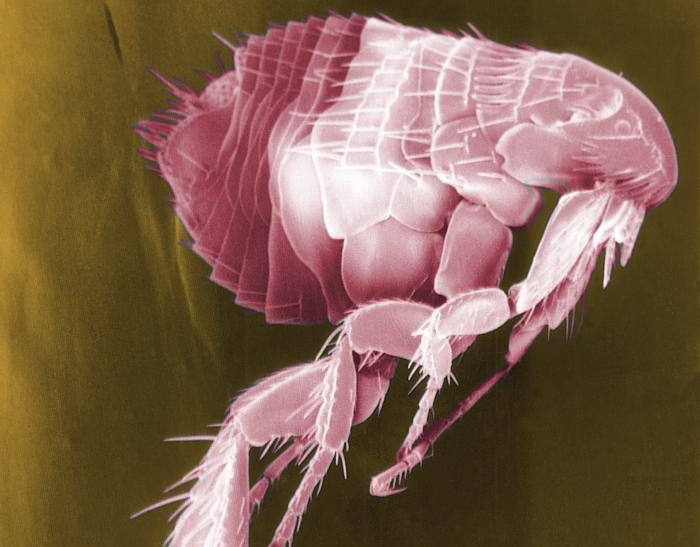Why Does Plague Still Occur in the Western US?

Three cases of plague have occurred in the United States in recent months, and although the illness is rare, it's not uncommon to have a few cases here each year.
Most recently, a girl in California became sickened with plague after visiting Yosemite National Park and the nearby Stanislaus National Forest in mid-July, according to the California Department of Public Health. The girl was hospitalized and is recovering, and officials are investigating the source of her infection.
There were also two deaths from plague in Colorado this summer — in early June, a 16-year-old boy in Larimer County died, and this week, an adult in Pueblo City died.
Plague cases occur sporadically in the United States — between 1970 and 2012, an average of seven plague cases occurred yearly, according to the Centers for Disease Control and Prevention. In 2014, there were 10 plague cases, and in 2013 and 2012, there were four cases each year.
But plague cases don't show up everywhere. Rather, most occur in rural areas in western states, particularly southern Colorado, northern New Mexico, northern Arizona, California, southern Oregon and western Nevada, the CDC says.
One reason why cases of plague are restricted to the West is that the rodent populations there carry the disease, said Dr. Amesh Adalja, an infectious-disease specialist and a senior associate at the University of Pittsburgh Medical Center's Center for Health Security.
"Prairie dogs are one of the major rodent species that serves as a reservoir for plague, and they tend to be west of the 100th meridian" in the United States. For this reason, this line of longitude is sometimes referred to as the "plague line," Adalja said.
Get the world’s most fascinating discoveries delivered straight to your inbox.
The disease is caused by bacteria called Yersinia pestis, which are carried by rodents and their fleas. The most common way for people to contract plague is from fleabites, but people can also get the disease if they have contact with infected animals, or their tissue or fluids, the CDC says. [Pictures of a Killer: A Plague Gallery]
There are several types of plague, with bubonic plague being the most common. This form of the disease causes swelling of the lymph nodes, as well as fever, chills and headache. Bubonic plague does not spread from person to person.
People can protect themselves from plague — as well as other diseases that are carried by insects — by wearing protective clothing (such as long pants tucked into socks) and using insect repellent, Adalja said.
People should also not feed squirrels or other rodents, and shouldn't touch dead rodents without appropriate protective equipment, Adalja said.
And although plague cases can occur when people visit rural areas, Adalja noted that people are more likely to be infected with tick-borne illnesses such as Lyme disease, than plague.
"The plague is a very rare disease in the United States, and people shouldn’t be too unduly concerned about it," Adalja said. "It's not something that people should really change their vacation plans over."
Follow Rachael Rettner @RachaelRettner. Follow Live Science @livescience, Facebook & Google+. Original article on Live Science.

Rachael is a Live Science contributor, and was a former channel editor and senior writer for Live Science between 2010 and 2022. She has a master's degree in journalism from New York University's Science, Health and Environmental Reporting Program. She also holds a B.S. in molecular biology and an M.S. in biology from the University of California, San Diego. Her work has appeared in Scienceline, The Washington Post and Scientific American.
 Live Science Plus
Live Science Plus





